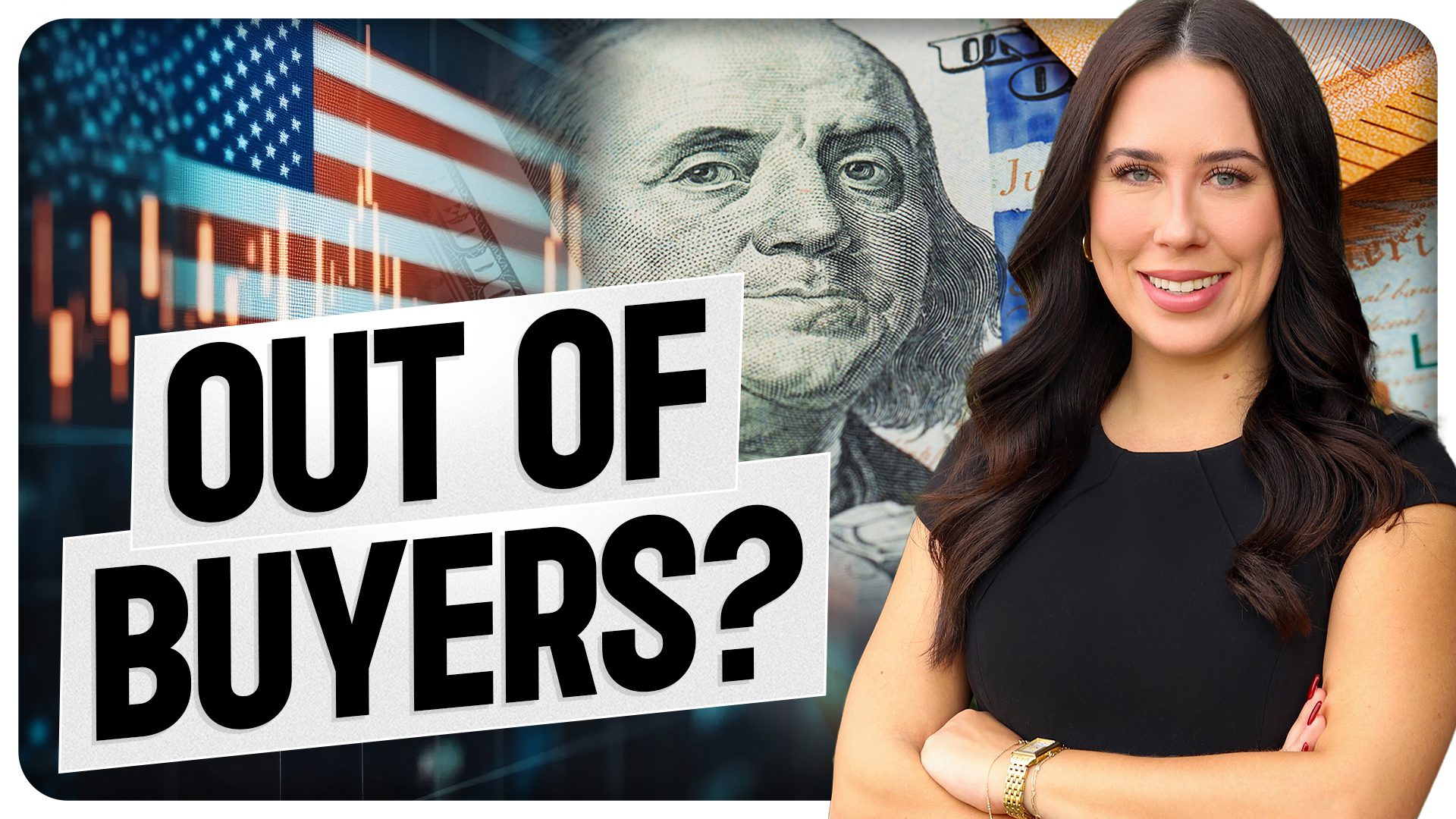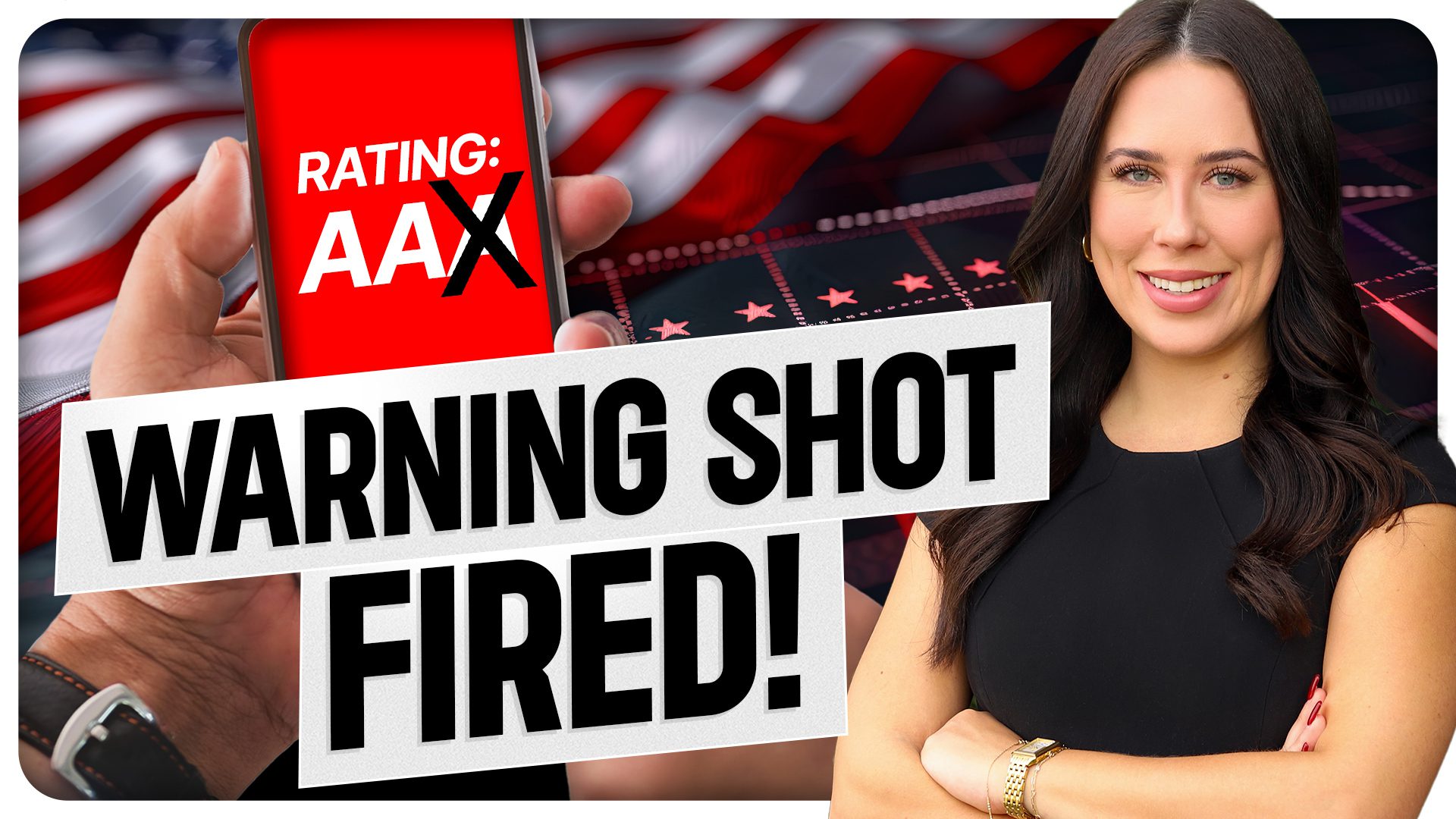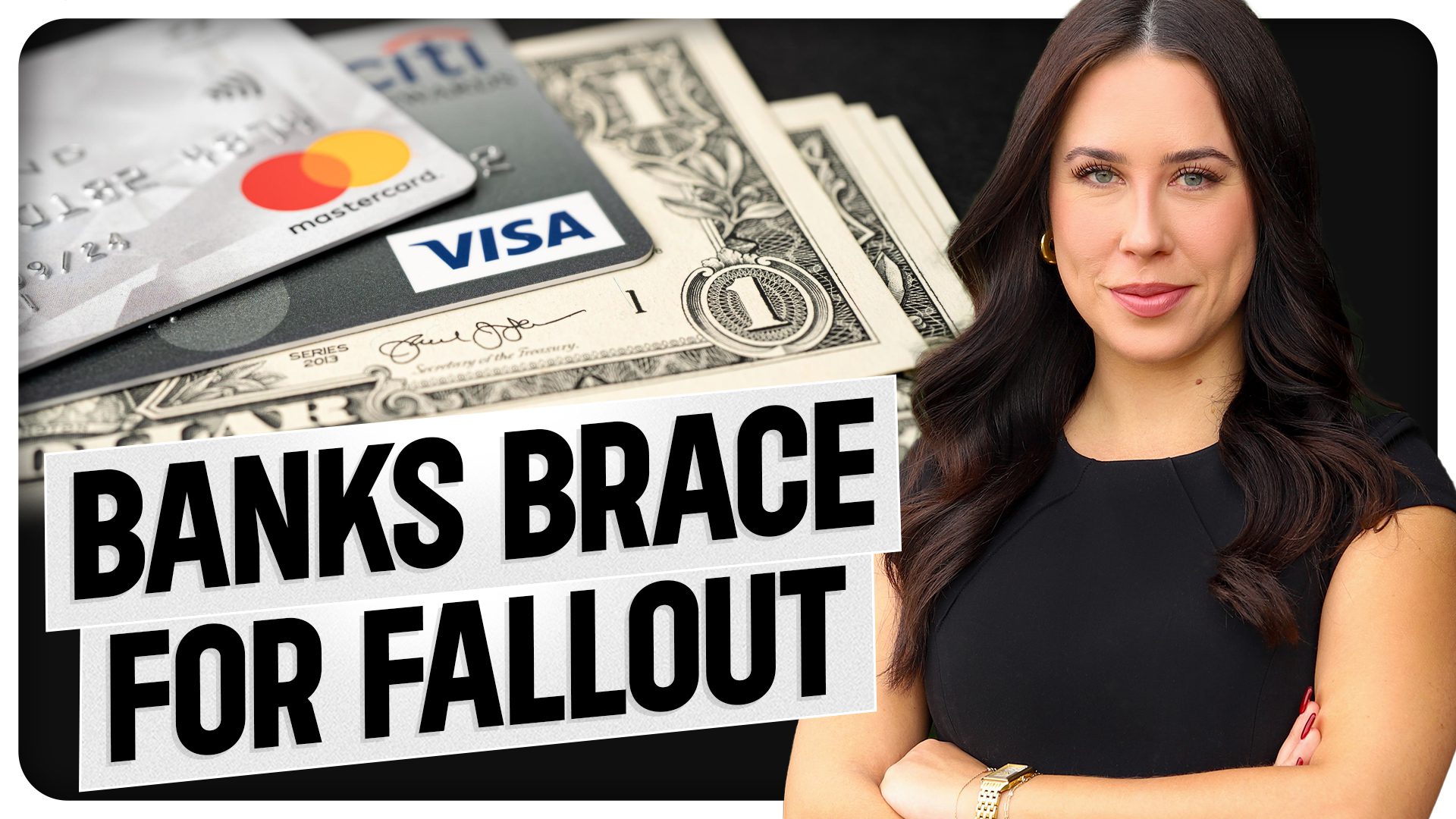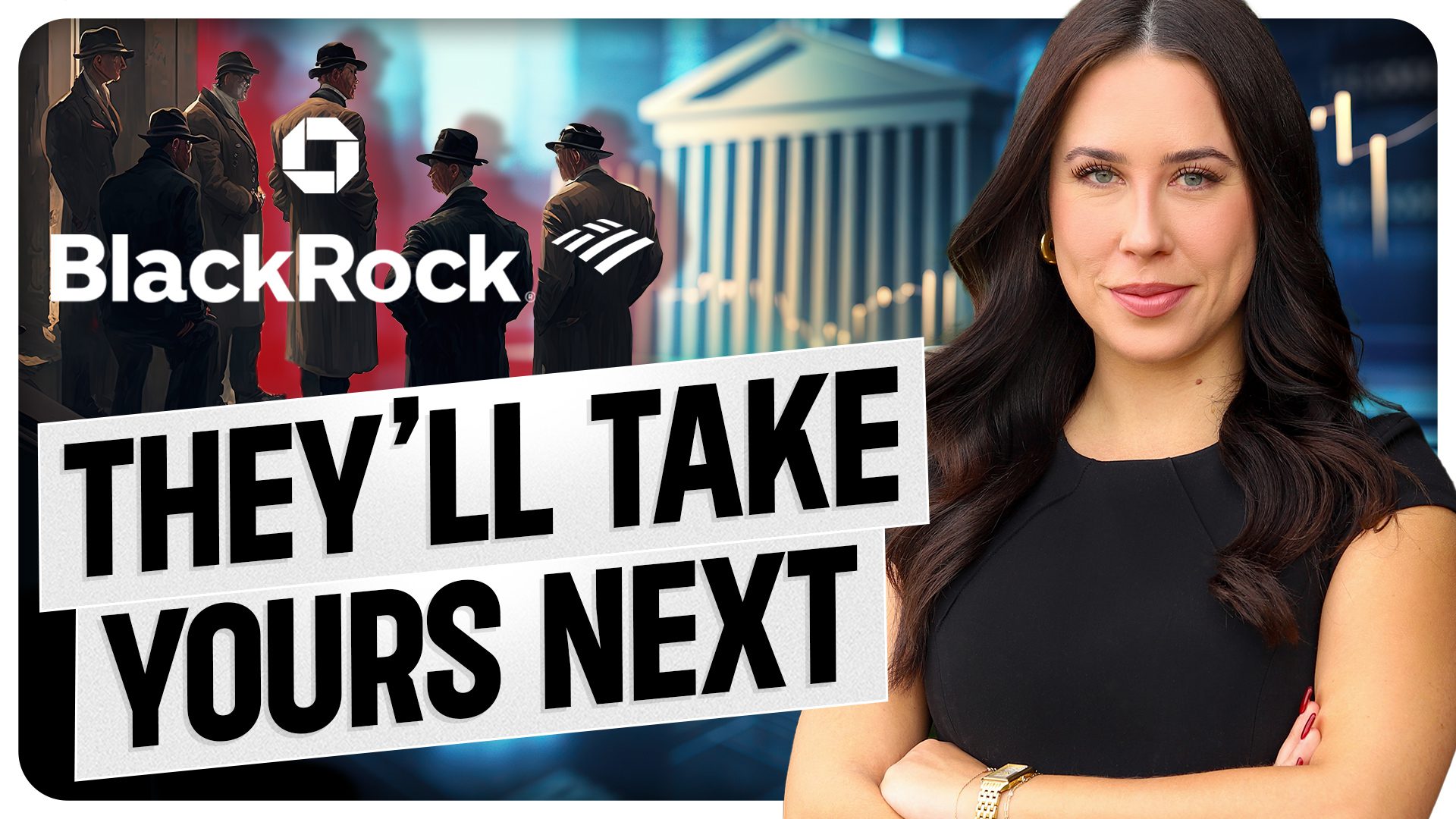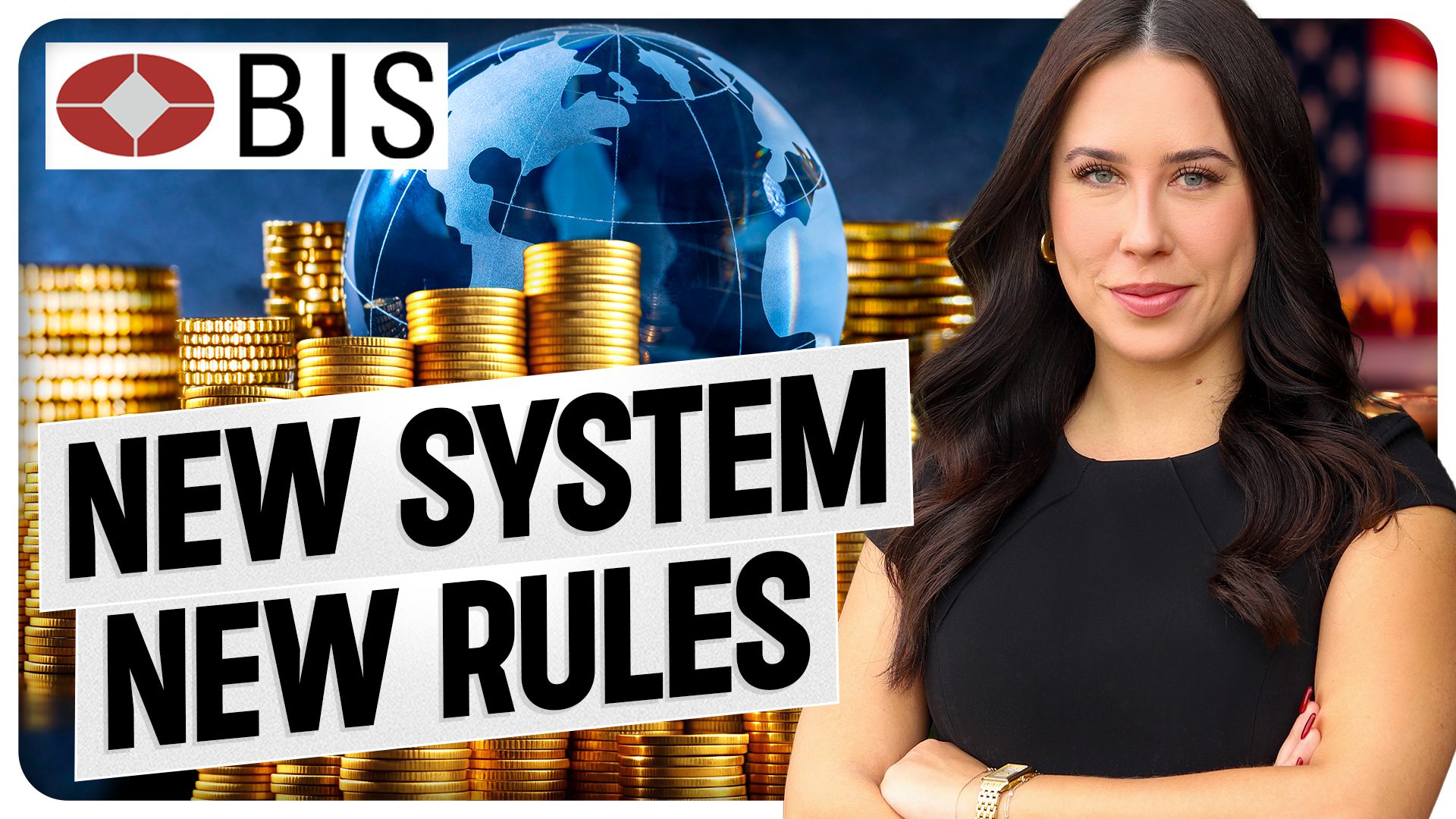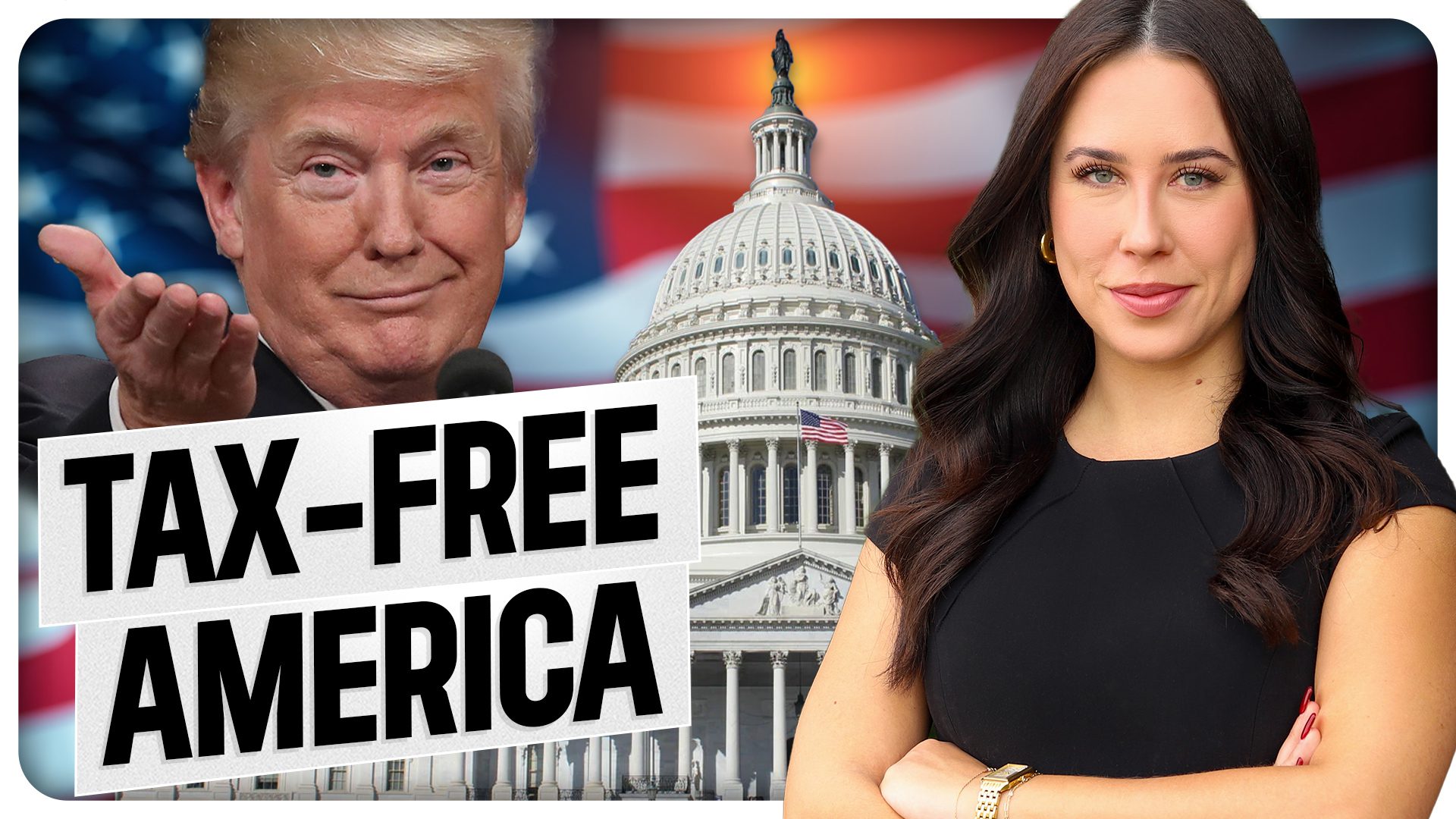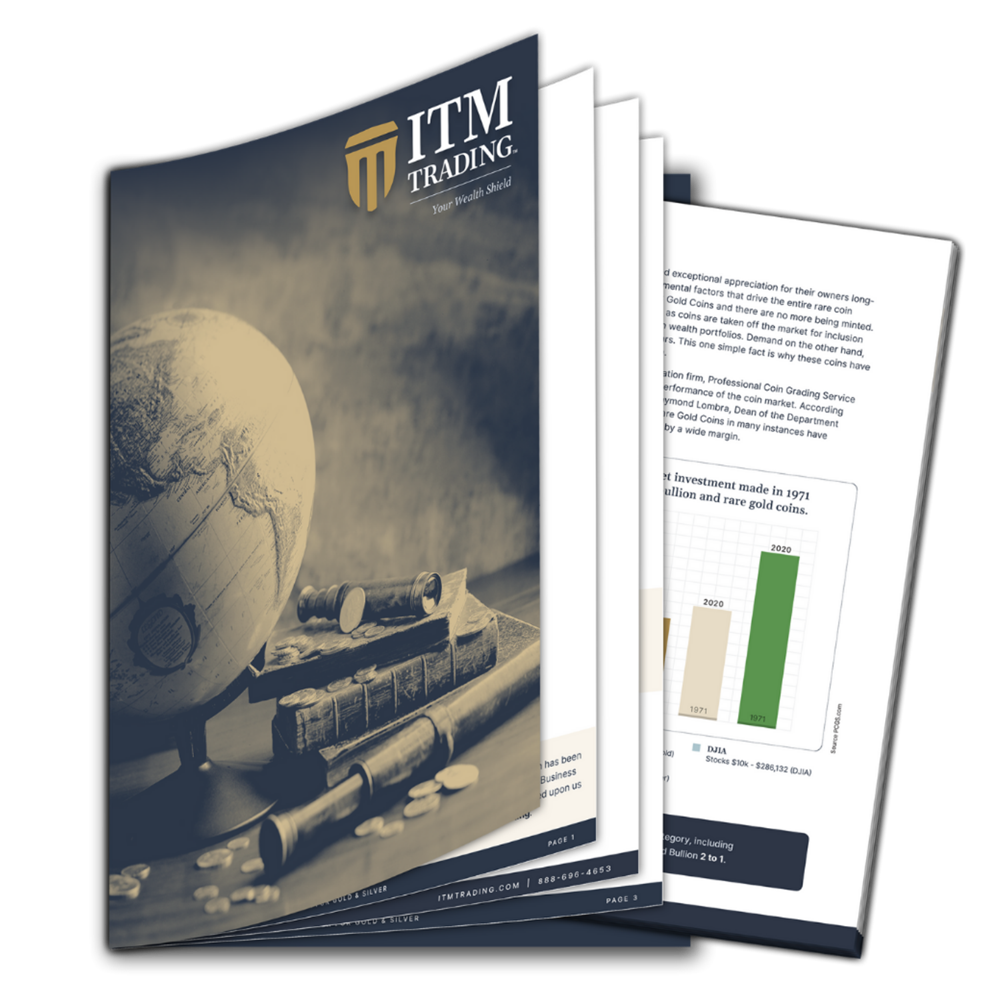🚨 US BANKRUPTCIES SOAR to 14-Year High as Banks Brace For Impact
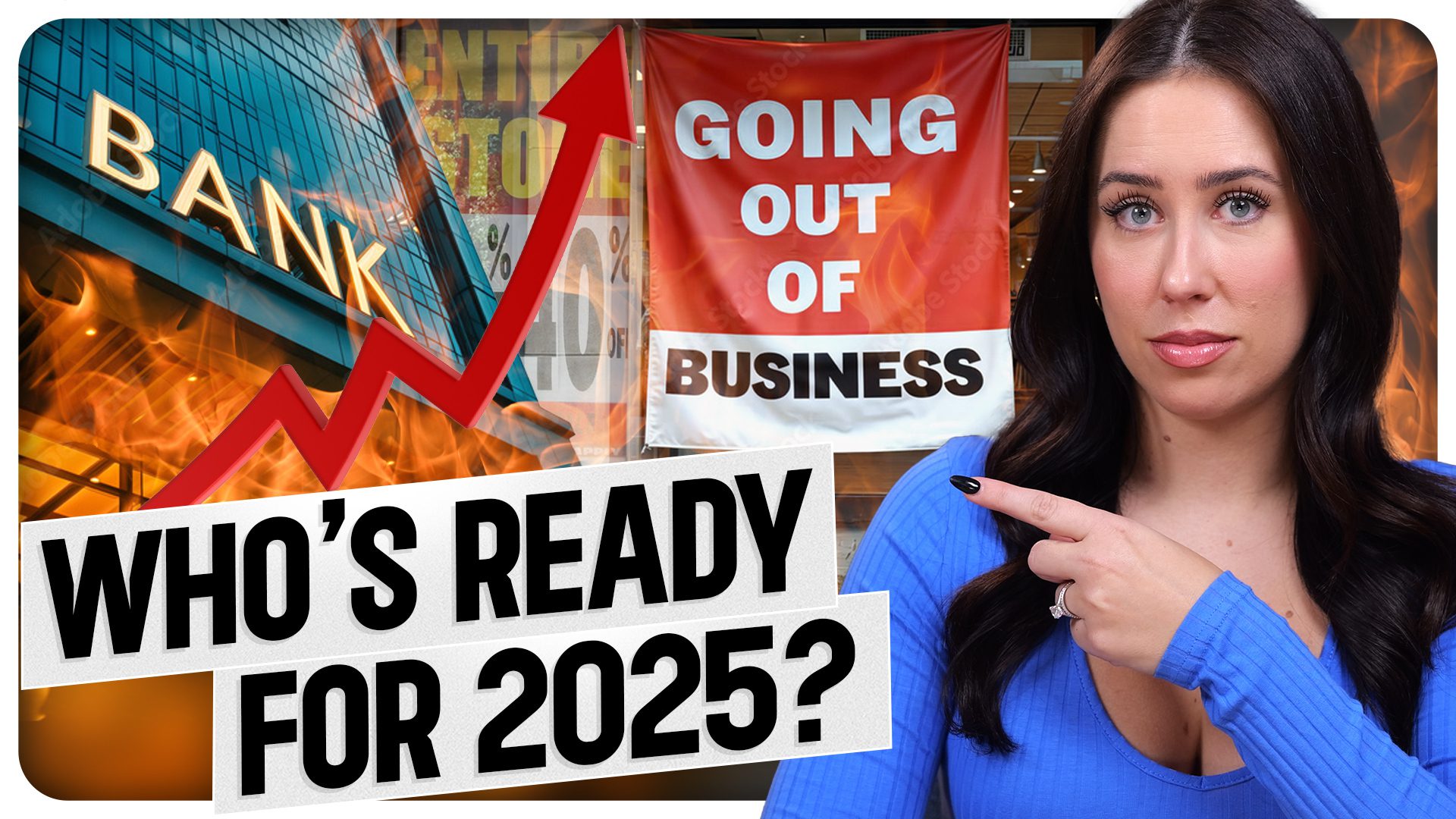
Us corporate bankruptcies have soared to a 14-year high, reaching levels not seen since the 2008 financial crisis. This video explores the implications of these bankruptcies, their impact on banks, and the looming threat of a widespread financial crisis. Learn why this isn’t just about struggling companies—it’s a sign of deeper instability in our economy and financial system. Watch to discover how you can prepare and protect your wealth before it’s too late.
CHAPTERS:
00:00 Corporate Bankruptcies at a 14-Year High
00:39 Out-of-Court Maneuvers Hiding the True Scale
01:55 The Debt Crisis in Corporate America
03:03 Syndicated Loans: A Repeat of 2008?
04:54 Unrealized Losses and Systemic Bank Risk
07:19 The Ripple Effect of Widespread Bank Failures
08:27 FDIC Plans: Bail-ins and Hyperinflation Risks
10:46 How to Prepare Before the Financial System Collapses
TRANSCRIPT:
00:00
This is huge. US corporate bankruptcies have hit a 14-year high—the highest level since the 2008 Great Financial Crisis. But this is not just about the number of companies that couldn’t make it. No, this represents something far more serious and far greater, especially for banks, and therefore, for you. But what exactly does it mean, and how does it impact you? Well, let’s get into it.
00:39
Today, US corporate bankruptcies have hit their highest levels since the aftermath of the global financial crisis, as elevated interest rates and weakened consumer demand punish struggling groups. At least 686 companies representing thousands of storefronts have filed for bankruptcy—up 8% since last year. But this? This is only the tip of the iceberg. In fact, the number of companies that are closing their doors for good is actually much higher, as many of these companies are resorting to out-of-court maneuvers, such as private deals or negotiations, to avoid filing bankruptcy.
01:21
It says here that this process has boomed in the last year, outpacing bankruptcies two to one. Meaning this issue is far deeper than what they’re telling us. More layoffs, lower consumer confidence—I mean, this is not a temporary setback. This is a sign of instability in the foundation. Especially when you look at the fact that auto delinquency rates are up, reaching their highest level in 10 years. And credit card defaults? They’re at their highest rate since the fallout of the Great Financial Crisis. Does this sound like a strong economy to you, or does this sound like an economy propped up on government overspending? That we’ve created a debt trap that requires more spending, all while digging a deeper hole?
01:55
Because the truth is, we have created a debt crisis in Corporate America. Years of near-zero interest rates created a debt boom with all of these companies. Unlike the 2008 crisis, Corporate America has taken on massive amounts of debt over the past few years, meaning that all of these loans that they took when it was near-zero interest rates, as economic conditions have worsened, are all in jeopardy.
02:32
But can you guess who the lenders of these loans are? Because if all of these companies are going bankrupt and all of these other loans are going bad, someone’s got to be left holding the bag, right? In some cases, it’s a secured creditor, a bank, or a private equity firm. But for the largest cases—the ones that are hundreds of millions or billions—those are handled by a syndicated loan provider.
03:03
Which essentially means that they’ll have different banks or entities come together and pool their funds to create a collateralized loan obligation, or CLO. Now, stay with me here. All this is, is a pool of funds, right? But what they do with that is they then break it out into risk—high-risk to low-risk—and they section those out into tranches. Well, sometimes those sections are then bundled with sections from maybe a different business or a different entity, and then those are packaged together and broken out into risk, and someone else buys them. And so on, and so on, and so on it goes.
03:38
Which is a complicated way of saying there’s a lot more riding on one corporation than the initial investment. It’s the financialization, it’s the speculation of those companies, that gets banks and investors into trouble.
04:17
If any of this is sounding familiar to you, it’s because it’s exactly what happened in 2008. The same system that packaged up and sold off toxic assets is alive and well. Only this time, it’s with bankruptcies and trillions of dollars in corporate debt. And similarly to the 2008 crisis, corporate loans could lead to systemic risk if they are widely held and/or should have been poorly rated.
04:54
And before someone out there says, “Okay, corporate loans, that’s only one small piece of the puzzle,” you’re absolutely right. This is one piece of a much larger puzzle. The same thing is happening right now with banks in commercial real estate and their bond holdings. Meaning, all of these assets that banks counted on as safe—commercial real estate, US securities—those were always going to be safe. Until one day, they’re not. And that day is here.
05:33
Again, when you picture an empty office building, vacant with no one wanting it, when you picture thousands of stores shuttering their doors for good, do not just picture those individual buildings or properties. Picture the sky-high level amount of debt and speculation that’s been built on top of them—derivatives, or as Warren Buffett called them, “financial weapons of mass destruction”—because of their ability to set off a chain reaction should the underlying asset go down.
06:10
Which is what we’re seeing now in multiple sectors. And with all of this information, I haven’t even touched on the backdrop of banks’ balance sheets right now. Banks have hundreds of billions of dollars of unrealized losses, or losses that have not been realized because those assets haven’t been sold yet. But the day that they are forced to, they will be sold at a loss.
06:46
In fact, it is now estimated that when the Q4 numbers come out for 2024, banks will be holding over half a trillion dollars in unrealized losses. But the scary part is that’s just what we know. That’s just what they’re telling us. What other losses are lurking in the shadows? Bankruptcies here being done through subsidiaries, negotiations, and backroom deals. Ultimately, I am positive that the losses are far greater than what they are telling us.
07:19
So what does all of this mean for you? Well, I don’t need to tell you that we are in an everything bubble. We all can see it. We all can feel it. The proof is right in front of us. And when this bubble bursts, the system is so interconnected that all it’s going to take is one trigger.
07:55
Forget inflation—this would send us right into hyperinflation. We would see prices doubling overnight. You wouldn’t even be able to spend your paycheck fast enough. But don’t forget, too, that the FDIC—the Federal Deposit Insurance Corporation—the people who are supposed to make sure that your deposits are safe, they actually have a plan for this exact scenario.
08:27
And no, it’s not reimbursing you. Because let’s not forget that the FDIC only has less than 2% of all total insured deposits. So all it takes is one large bank or a small handful of mid-size banks, and suddenly, poof—that’s drained. So what is their Plan B? Bank bail-ins.
09:05
Instead of relying on the government to bail the banks out, they rely on their depositors to bail the bank in, seizing your deposits to make themselves whole. And if you don’t believe me, Google it. Look it up.
10:09
This is why I am passionate about having an insurance policy in place—outside of their Fiat system, outside of the system they control. That way, when things really start to go south, I know that I’m protected and it’s not too late.
11:57
And as always, I’m Taylor Kenney with ITM Trading, your trusted source for all things Gold, Silver, and lifelong wealth protection. Until next time.
SOURCES:
https://finance.yahoo.com/news/reserves-fed-sink-below-3-002840550.html
https://www.businessinsider.com/bankruptcy-filing-us-debt-record-levels-gfc-interest-rates-borrowing-2025-1
https://www.foxbusiness.com/economy/us-credit-card-defaults-soar-highest-level-14-years
https://www.marketwatch.com/story/ally-financial-shares-plunge-as-lender-says-consumers-are-struggling-to-pay-back-loans-bf9f2acb
https://www.forbes.com/sites/jimosman/2024/09/04/the-debt-time-bomb-how-corporate-borrowing-could-cripple-the-economy/
https://www.fau.edu/newsdesk/articles/banks-commercial-real-estate-risks-losses
https://www.barrons.com/articles/bank-of-america-bond-losses-d531ae53
